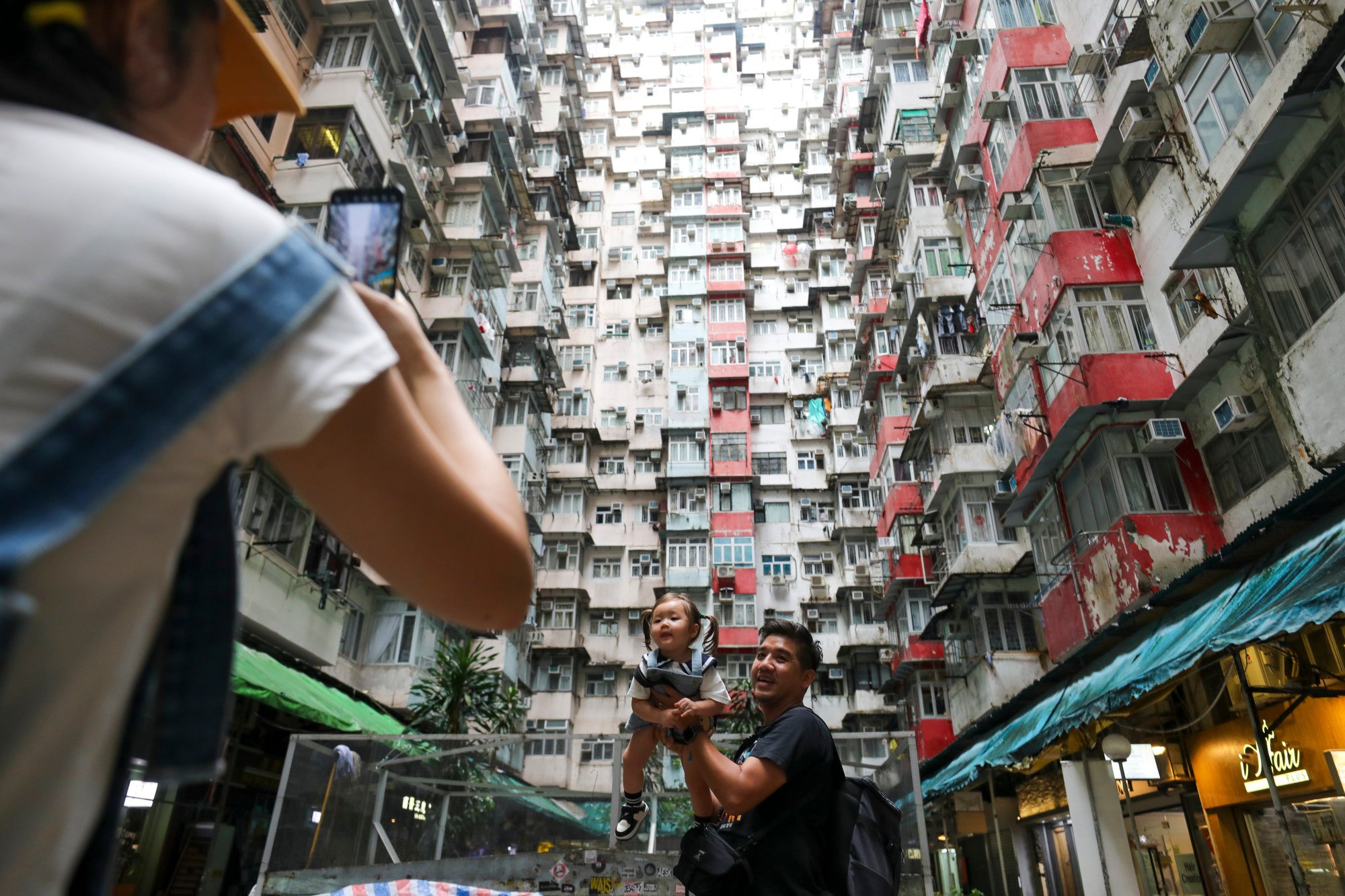
Vibrant? Food and shopping paradise? Hong Kong should identify its target audience before fulfilling Beijing’s calls for treating every corner as tourist hotspot, experts say
- Clear repositioning will be more helpful in boosting tourism instead of holding monthly fireworks shows, university assistant professor says
- ‘We used to describe Hong Kong as a vibrant city, a paradise for food and shopping. Now, we need to reconsider the direction Hong Kong should take and which type of travellers to attract,’ he adds
Hong Kong should reconsider its positioning as a tourist destination and strengthen partnerships with residents living near attractions before rushing to fulfil Beijing’s calls for turning every corner of the city into a potential visitor hotspot, experts have said.
The suggestions were made on Thursday after Xia Baolong, Beijing’s official overseeing the city’s affairs, urged the local administration to revitalise its tourism offerings and adopt fresh policies to lure visitors.
Kenneth Kwong Ka-kei, an assistant professor of marketing at the Hang Seng University of Hong Kong, said the city should first clearly understand how it wanted to position itself and which type of travellers it wanted to attract.

“We used to describe Hong Kong as a vibrant city, a paradise for food and shopping. Now, we need to reconsider the direction Hong Kong should take and which type of travellers to attract,” he told a radio show.
“Now we have a new concept, whether it is about exploring everywhere as a tourist spot or focusing on in-depth experiences. We must have clear goals and achieve certain outcomes, which I feel are currently lacking.”
Such a clear repositioning would be more helpful in attracting more visitors rather than holding a monthly fireworks show, which the Tourism Board was now doing, he argued.
Paul Chan Chi-yuen, co-founder of Walk in Hong Kong, which specialises in local walking tours, said the city possessed diverse cultural tourism resources, but authorities needed to consider whether all places were suitable.
He said conflicts between residents and tourists were often seen in popular photo spots that had been excessively visited, such as the rainbow-coloured Choi Hung Estate and the Yick Cheong Building in Quarry Bay, featured in a Transformers film.

“It is important to address how to unlock the tourism potential of different areas while also being mindful of potential disturbances that tourists’ behaviour may cause in the community,” Chan said during the same programme.
“Collaborating with local organisations or residents is a good way to establish a mutually beneficial and positive interaction between tourists and the community, as we aspire to go beyond traditional tourist areas and encourage visitors to explore local cultural stories, historical sites and communities.”
Meanwhile, Islands district councillor Mealoha Kwok Wai-man revealed the Cheung Chau Bun Festival on Wednesday, which featured the Piu Sik parade and the bun scrambling competition, attracted 51,000 visitors.
“The vibe was very different from last year as a lot of restaurants, hotels and guest houses were full, serving more mainland [Chinese] tourists than other visitors,” Kwok said.
A Cheung Chau culture tour along with five entries won the Deeper into Hong Kong: Creative Itinerary Design Competition jointly organised by the Tourism Commission and Travel Industry Council in March, which sought to identify creative ways to showcase Hong Kong to travellers among 700 competitors.
“For the general public, Cheung Chau itself is a place worth in-depth exploring,” Kwok added. “In addition to the award-winning itinerary, there are many potential attractions [on the island] that can attract both mainland and foreign tourists.”

